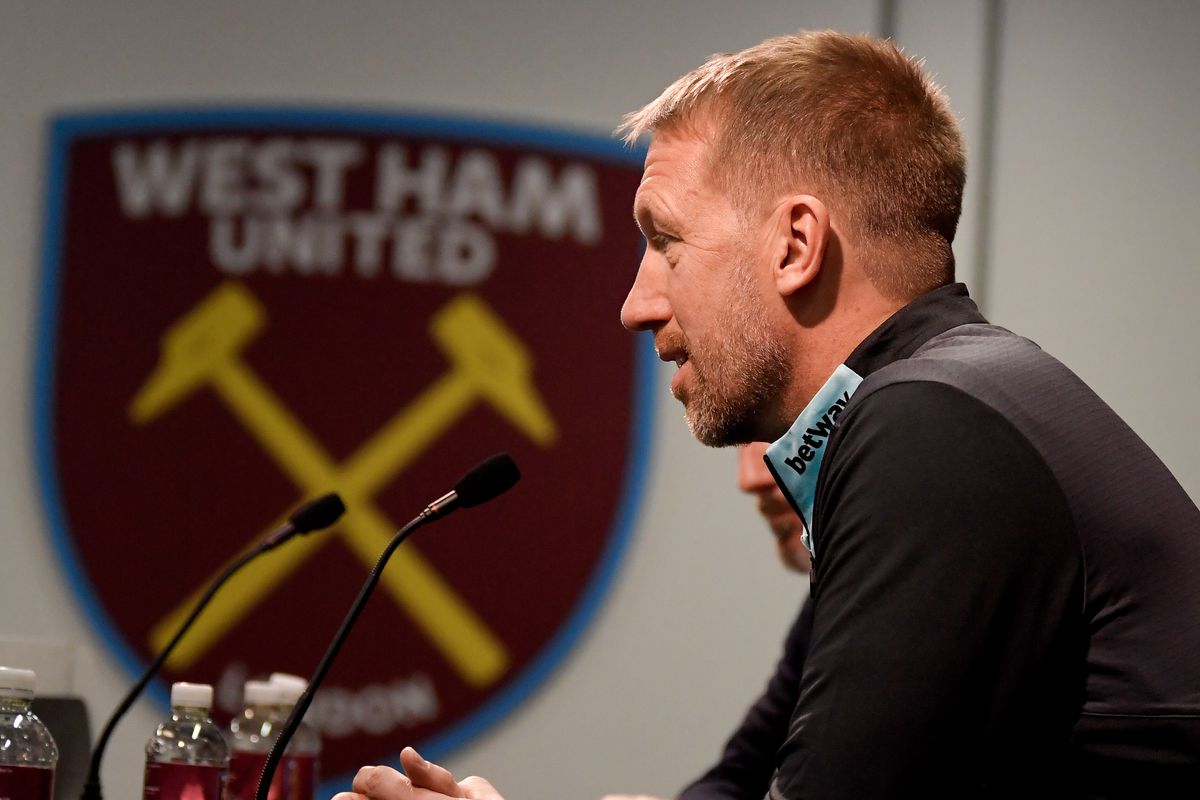West Ham Caught in a Catch-22: Late Transfer Window Decisions Create Tactical and Squad Management Dilemma…
West Ham United’s recent loan acquisition of 20-year-old striker Evan Ferguson from Brighton & Hove Albion has introduced a complex dilemma for the club.
While this move aims to address immediate offensive challenges due to injuries among key forwards, it also presents a “Catch-22” situation that could have significant implications for the team’s performance and long-term strategy.
Immediate Offensive Challenges
The Hammers have faced a challenging season, currently positioned 15th in the Premier League standings.
Injuries to primary strikers have exacerbated their struggles, leading to a pressing need for offensive reinforcement.
The recent 2-1 defeat to Chelsea on February 3, 2025, highlighted these issues, as the team struggled to capitalize on scoring opportunities.
The Acquisition of Evan Ferguson
In response to their offensive woes, West Ham secured Evan Ferguson on loan for the remainder of the season.
Ferguson, a Republic of Ireland international, made his senior debut under current West Ham head coach Graham Potter at Brighton in August 2021.
His familiarity with Potter’s coaching style is expected to facilitate a smoother integration into the team.
The Catch-22 Dilemma
The term “Catch-22” refers to a paradoxical situation where an individual cannot avoid a problem due to contradictory constraints.
In West Ham’s context, the dilemma arises from the need to provide Ferguson with sufficient playing time to develop and make a meaningful impact, while also managing the expectations and development of existing squad members.
Integrating a young talent like Ferguson necessitates regular first-team opportunities.
However, this could limit the playing time of other forwards, potentially leading to dissatisfaction and a dip in morale among the squad.
Moreover, relying heavily on a 20-year-old to address immediate offensive challenges places considerable pressure on Ferguson, which could hinder his development and affect his confidence.
Strategic Implications and Future Considerations
West Ham’s decision to loan Ferguson reflects a strategic gamble. If he adapts quickly and contributes significantly, it could provide the offensive boost the team desperately needs.
However, if he struggles to find form or suffers from recurring fitness issues, the club may find itself in a precarious position, lacking reliable goal-scoring options as the season progresses.
Additionally, the temporary nature of a loan deal means that even if Ferguson performs well, he is slated to return to Brighton at the end of the season.
This scenario would leave West Ham searching for a long-term solution to their attacking woes, potentially leading to a repetitive cycle of short-term fixes rather than sustainable development.
Balancing Immediate Needs with Long-Term Strategy
The Catch-22 situation underscores the broader challenge of balancing immediate performance demands with long-term strategic planning.
West Ham must navigate the remainder of the season by optimizing Ferguson’s contributions without compromising the development and morale of other players.
Simultaneously, the club should proactively identify and invest in long-term solutions to strengthen their attacking lineup, reducing reliance on short-term loans and fostering a more stable team structure.
In conclusion, while the acquisition of Evan Ferguson addresses an urgent need for offensive reinforcement, it also places West Ham United in a complex situation requiring careful management.
The club’s ability to balance immediate performance objectives with long-term strategic goals will be crucial in determining their success in navigating this Catch-22 scenario.
